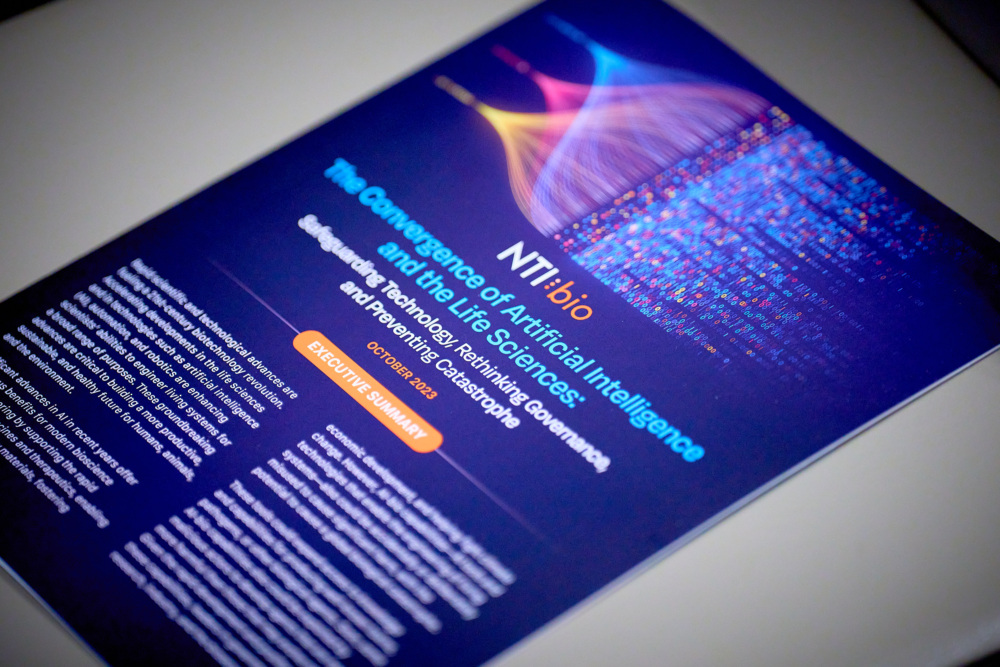In 2019, NTI and its Biosecurity Innovation and Risk Reduction Initiative partners will launch five working groups to engage new stakeholders, identify urgent actions, and catalyze the adoption of new approaches to reduce biological risks associated with advances in technology. This page describes the working group on Insurance Incentives for Reducing Biological Risks, informed by a paper drafted ahead of the October 2018 Initiative launch. For more information about the other working groups, visit the Biosecurity Innovation and Risk Reduction Initiative project page.
Challenge: Insurance companies only recently began to apply incentives to the reduction of risks associated with weapons of mass destruction and disruption, and there are not yet incentives for reducing biological risks – a greater challenge as there are not yet international risk-reduction standards in place.
The benefits of insurance incentives recently applied to strengthening radiological security and protecting against material damage and business interruption caused by accident or by acts of cyber terrorism are evident. Applying similar insurance incentives to biological risk reduction could incentivize the insurance industry to produce accurate risk assessments for emerging biological research and technology development and inspire public and private sector researchers to incorporate safety and security protocols that could reduce their insurance premiums.
During a meeting of experts in June 2018 in London, representatives from the private sector raised concerns about the lack of international standards for assessing and mitigating biological risks associated with dual use experiments. In the absence of a widely agreed standardized approach, implementing requirements to qualify for insurance would be unlikely. However, technical standards agreed by biotechnology innovation experts could be acceptable to insurers. Alternatively, standards could be based on existing international standards, conditional on differences within legal jurisdictions. For countries with weak legal systems, or where corrupt practices are widespread, these standards may need to be adapted or include additional requirements.
Proposed Solution: Establish insurance standards for different areas of research and development in the life sciences based on an accepted methodology for identifying and assessing potential risks. It is important that recommended insurance protocols or standards for biological risk be widely applicable and consistent across the industry. Therefore, it will be vital to explore biological risk reduction approaches that involve insurance and reinsurance in close partnership with the private sector and broader insurance industry.
Next Steps: NTI will convene a diverse group of stakeholders (i.e., researchers from the fields of genomics, synthetic biology, and microbiology) with relevant reinsurance or insurance representatives to affirm the benefits of successfully implementing risk reduction standards, consider core requirements to support the concept of insurance standards, and seek a consensus around existing international standards and specific gaps in risk assessment.
https://www.nonproliferation.org/wp-content/uploads/2014/08/Mind_the_Gap.pdf
https://www.businessinsurance.com/article/00010101/NEWS06/912317495/Pool-Re-to-cover-property-damage-from-cyber-terrorism
https://www.fhi.ox.ac.uk/liability-insurance/


